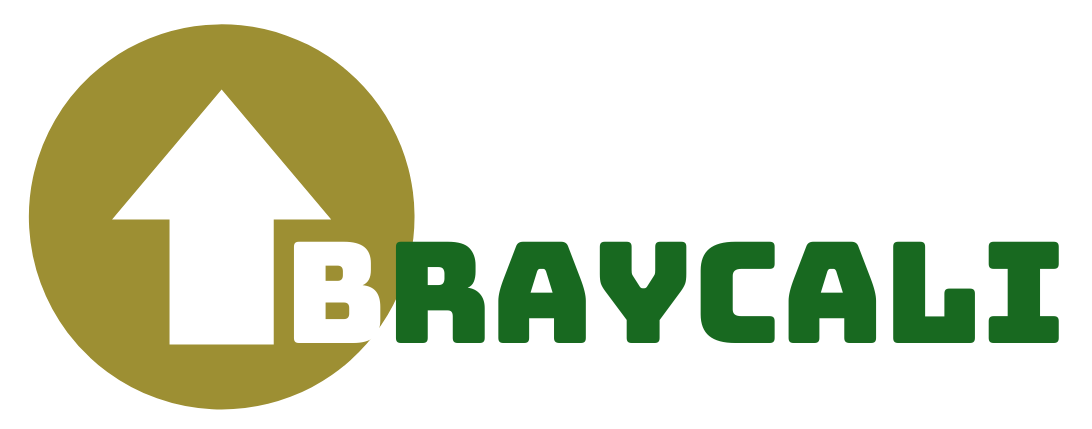Section 1: Getting Started with Affiliate Blogging
Are you ready to dive into the world of affiliate marketing and start earning passive income? Building an affiliate blog is the perfect way to get started! Follow these key steps to set yourself up for success:
Step 1: Choose Your Niche
When starting an affiliate blog, it’s essential to select a niche that aligns with your interests and expertise. By focusing on a specific niche, you can establish yourself as an authority in that area and attract a targeted audience.
Step 2: Research Affiliate Programs
Once you’ve chosen your niche, it’s time to research and join relevant affiliate programs. Look for programs that offer high-quality products or services, generous commission rates, and reliable tracking systems.
Section 2: Building an Engaging Affiliate Blog
Now that you’ve laid the foundation, it’s time to start building your affiliate blog. Here’s how to make it engaging and appealing to your readers:
Step 3: Create High-Quality Content
Content is king in the blogging world. Produce informative and valuable content that addresses the needs and interests of your target audience. Use SEO techniques to optimize your blog posts for search engines and attract organic traffic.
Step 4: Incorporate Eye-Catching Visuals
Enhance the visual appeal of your blog by including relevant images, videos, and infographics. Visual content not only captures readers’ attention but also helps to break up long blocks of text and make your blog more visually appealing.
Section 3: Maximizing Your Earning Potential
You’ve built a successful affiliate blog, but how can you maximize your earning potential? Follow these strategies to take your affiliate marketing game to the next level:
Step 5: Promote Your Blog
Don’t just wait for readers to find your blog organically. Actively promote it through various channels, such as social media, email marketing, and collaborations with other bloggers or influencers in your niche.
Step 6: Continuously Analyze and Improve
Regularly analyze your blog’s performance using analytics tools. Identify which blog posts are generating the most revenue and traffic, and optimize your content and strategies accordingly.



